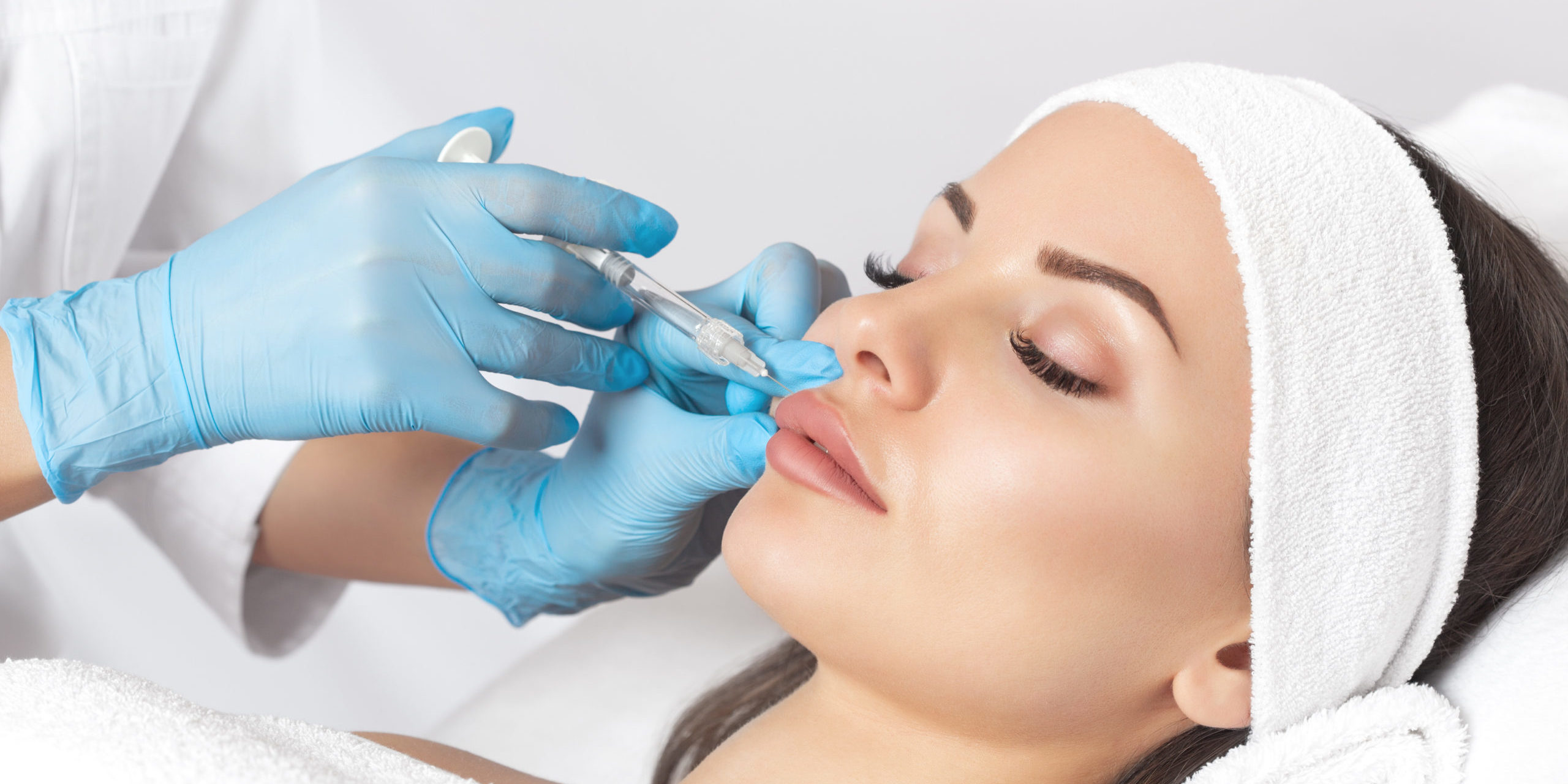Dermal fillers are used not only to smooth the skin and bring back youthfulness but also for acne scars. Many are self-conscious about acne and want to eliminate it. However, even if they treat their acne problem, sometimes it leaves a scar.
Dermal fillers or soft tissue fillers are gel-like substances to inject into your skin to make it smooth, fill the lip line, lift the cheekbones, and lift and provide volume on the parts of the face and body that have aged and lost their elasticity.
But in this post, you will learn how dermal fillers help with acne scar issues.
Dermal Fillers for Acne Scars
Nobody wants an acne scar; thankfully, dermal fillers can correct it. Acne scar happens due to inflammation of acne blemishes or when you squeeze it.
The lesions from acne can cause tissue damage if they go deep enough. They will damage the skin structure and volume, requiring collagen and elastin to repair.
Dermal fillers will be injected into the skin where the acne scar is, encouraging the skin to produce more collagen. It is one of the most effective and safest treatments for reducing the appearance of acne scars.
Acne Scars
There are two types of acne scars. You should know about them because dermal fillers can only treat certain types of acne scars.
Atrophic scars and hypertrophic scars are the two types of acne scars.
Atrophic Scars
It’s the common one, and it has three sub-types:
- Ice pick scars – when it is sunken or looks pitted. It is overly tiny craters that narrow like a pinpoint on the skin
- Boxcar scars – round or oval with defined edges. Sometimes can be dark brown or red
- Rolling scars – a large round scar that looks like a wave or slope.
Hypertrophic scars
A sturdy raised scar – its color is either red or pink due to too much collagen produced. Usually common on dark-skinned people because of the darker pigmentation when the skin is healing.
Because dermal fillers literally fill sunken skin, they are practically useless for hypertrophic scars since these scars are already raised.
For mild boxcars and rolling scars, fillers are remarkably effective and yield the best results. They can restore the lost volume of the skin and make it smoother.
You can’t expect dermal fillers to perfectly treat ice-pick scars because these scars are too severe.
Four Categories of Dermal Fillers
According to the FDA, there are four categories of dermal fillers. Their names are based on the ingredients they use.
1.) Hyaluronic acid
Hyaluronic acid is the most popular dermal filler ingredient. It is naturally found in the skin and cartilage. It’s a sugar molecule (glycosaminoglycan) in the dermis.
When used as a filler, it will usually take effect gradually – around six to twelve months. It makes the skin moist and the face hydrated and more rotund.
The good thing about using hyaluronic acid is when you are not satisfied with the result, medical professionals can dissolve it by injecting an enzyme. Therefore, the effects of hyaluronic acid are reversible.
Generally, there’s lidocaine mixed in hyaluronic acid fillers. Lidocaine is an anesthetic, a substance to give you comfort during the procedure.
2.) Calcium hydroxylapatite
You can find calcium hydroxylapatite in human bones. Dentistry and plastic surgery uses these minerals, and it’s known to be very safe. The dermal filler brand Radiesse uses this substance.
3.) Poly-L-lactic acid
Poly-L-lactic acid is synthetic. It induces collagen production; however, its effects will take some months to occur gradually. But it will surely reduce acne scars.
It’s suitable for a widespread area and the reinforcement of the skin’s structure. Even though it takes effect gradually, it lasts longer than the other fillers.
4.) Polymethylmethacrylate
Polymethylmethacrylate is a filler that the body won’t absorb, but the result is semi-permanent. It’s usually used for deep wrinkles, nasolabial folds, thin lips, and pitted scars.
The Procedure of Dermal Fillers
Depending on the scar’s depth and how wide the skin that needs filler is, the procedure usually takes between a quarter of an hour to a full hour. To see desired results, you might need more than one treatment. Depending on how quickly your body metabolizes the fillers, you might need maintenance treatments every six months to two years.
Before starting your treatment, the medical personnel must know if you have allergies. They will ask if you have an allergy history to ensure the treatment is safe.
Once your provider ensures that the treatment is safe for you, you can proceed with the procedure. Your doctor will mark your face to know where to inject the fillers. They will inject you with lidocaine to numb the treatment site.
Be sure to only work with licensed and trained medical professionals specializing in medical aesthetics when seeking dermal filler treatment.
Cost
Dermal filler prices, unfortunately, cannot be summarised into a single figure. There is a significant amount of pricing fluctuation for fillers for a variety of reasons, including:
- Location
- Number of injections needed
- The type of filler used
Precaution Tips
Consultation must be a starting step. Be sure you only consult with licensed and well-trained professionals.
Let the doctor know what you want to achieve and ask them if they can help you. They should be honest and tell you if your desire is realistically attainable.
These treatments need preparation and are not used for contouring. It is not advisable for pregnant and nursing women to get dermal filler injections.
Doctors will instruct you to use a minimum of SPF 30 sunscreen and limit your sun exposure. Also, you must stop taking blood thinning supplements or medicine not prescribed a week before the procedure.
Last Word
Dermal fillers are popular treatments for wrinkles. At the same time, it is considered a good solution for acne scar problems.
You can get the best results from Refresh Aesthetics. We offer excellent services to enhance the beauty and treat acne scars. You can contact us at this number 512-553-8727, email us at refreshutah@gmail.com, or send us a message through our contact form. You can find our offices at 14004 West 3000 North Altamont, UT 84001, and 1010 North Vernal Avenue, Vernal, UT 84078.



